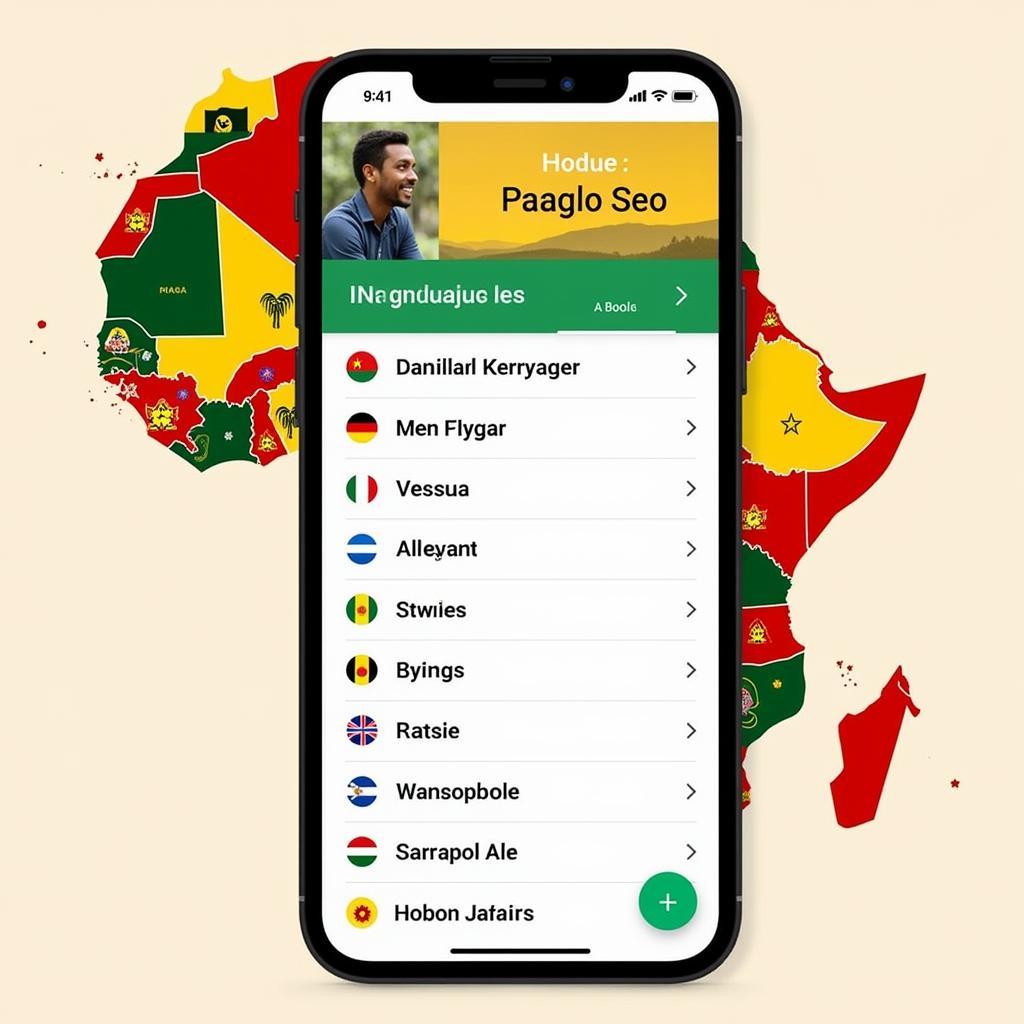When Was the African Union Formed?
The African Union (AU), a continental body consisting of 55 member states that make up the countries of the African Continent, was officially formed on July 9, 2002, in Durban, South Africa. This pivotal moment marked a significant shift in Pan-Africanism, replacing the Organisation of African Unity (OAU) which had been established decades earlier. Understanding when the African Union was formed requires understanding the context of its predecessor and the driving forces behind the transition.
From OAU to AU: A Shift in Focus
The formation of the AU wasn’t a spontaneous event. It was the culmination of years of discussions and debates within the OAU about its effectiveness in addressing the challenges facing the continent. Founded on May 25, 1963, in Addis Ababa, Ethiopia, the OAU’s primary goal was to liberate Africa from colonial rule and apartheid. While successful in achieving these aims, it faced criticism for its lack of intervention in internal conflicts and human rights abuses within member states. The need for a more proactive and interventionist organization became increasingly apparent as Africa grappled with issues like poverty, disease, and political instability.
The idea of transforming the OAU into a more robust union was championed by Libyan leader Muammar Gaddafi, who envisioned a “United States of Africa.” While his vision wasn’t fully realized, it played a significant role in galvanizing support for change. The Sirte Declaration in 1999 formally laid the groundwork for the establishment of the AU, outlining its objectives and principles. These included promoting peace and security, accelerating economic integration, and fostering democratic governance.
Key Objectives and Principles of the African Union
The AU’s founding document, the Constitutive Act, outlines its core objectives. These encompass a wide range of aspirations, from promoting sustainable development to defending the sovereignty and territorial integrity of member states. The organization also aims to accelerate the political and socio-economic integration of the continent, promote and protect human rights, and establish the necessary conditions for lasting peace and security.
How Does the AU Function?
The AU’s structure consists of several key organs, including the Assembly of Heads of State and Government, the Executive Council, the Pan-African Parliament, and the Peace and Security Council. These bodies work together to implement the AU’s agenda and address the diverse challenges facing the continent. For example, the Peace and Security Council plays a crucial role in conflict prevention and resolution, while the Pan-African Parliament promotes democratic principles and good governance. One might ask, what about individual countries seeking alliances outside the continent? Well, consider when an African country applies to join the EU 1987. This underscores the complex geopolitical landscape African nations navigate.
The AU’s Impact and Challenges
Since its formation, the AU has made significant strides in promoting peace and security in Africa. It has deployed peacekeeping missions to several conflict zones and played a key role in mediating disputes between member states. However, the organization still faces numerous challenges. These include resource constraints, limited capacity, and the persistent threat of terrorism and instability in certain regions. Furthermore, issues like poverty, inequality, and climate change continue to pose major obstacles to the continent’s development. It’s important to remember that even financial institutions face difficulties, as illustrated by an African bank loan declined.
What is the AU’s role in economic development?
The AU is committed to promoting economic integration and sustainable development across the continent. This includes initiatives to boost intra-African trade, improve infrastructure, and create a more favorable investment climate.
“The African Union is not merely a political entity,” says Dr. Abena Kwafo, a prominent historian of Pan-Africanism, “it is a vehicle for achieving the aspirations of the African people for a better future. Its success depends on the collective will and commitment of all member states.”
Conclusion
The African Union, formed in 2002, represents a renewed commitment to Pan-Africanism. While it faces ongoing challenges, its existence symbolizes the ongoing pursuit of unity, peace, and prosperity on the African continent. The AU’s continued efforts to address the complex issues facing Africa are crucial for realizing the continent’s vast potential. Perhaps understanding the symbolic cries of the continent, such as the African elephant trumpeting, can deepen our connection to its struggles and triumphs. The journey towards a truly integrated and prosperous Africa is a long and arduous one, but the formation of the AU marks a significant milestone on this path. Thinking of acquiring an African Grey for sale online reminds us of the continent’s diverse wildlife and the need for its preservation. The legacy of the African independence leaders continues to shape the AU’s mission and goals.
FAQ
- What is the difference between the OAU and the AU? The OAU focused primarily on decolonization and liberation, while the AU has a broader mandate that includes peace, security, economic integration, and democratic governance.
- Where is the AU headquarters located? The AU headquarters is located in Addis Ababa, Ethiopia.
- How many member states does the AU have? The AU has 55 member states.
- What are the main objectives of the AU? The AU aims to promote peace, security, economic development, and democratic governance across the continent.
- How does the AU address conflict? The AU has a Peace and Security Council that deploys peacekeeping missions and mediates disputes between member states.
- What is the role of the Pan-African Parliament? The Pan-African Parliament promotes democratic principles and good governance.
- What are the main challenges facing the AU? The AU faces challenges such as resource constraints, limited capacity, and persistent threats to peace and security.
When you need assistance, please contact us at Phone Number: +255768904061, Email: kaka.mag@gmail.com Or visit our address: Mbarali DC Mawindi, Kangaga, Tanzania. We have a 24/7 customer service team.


